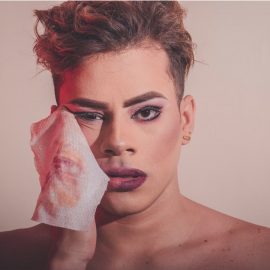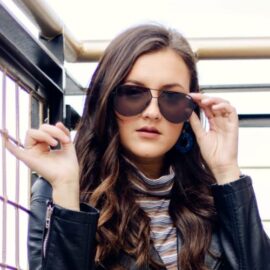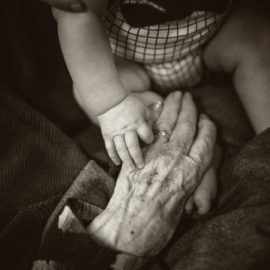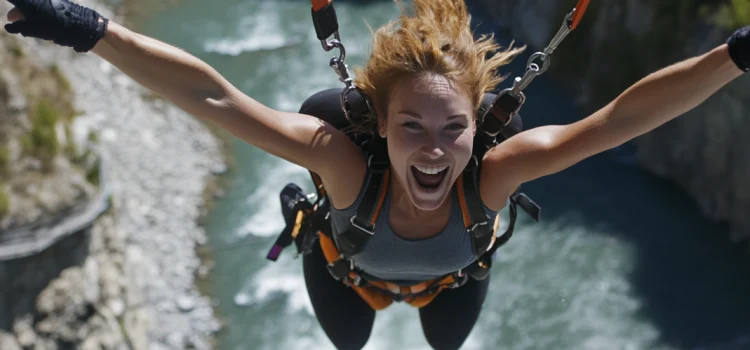
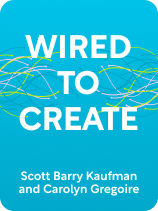
This article is an excerpt from the Shortform book guide to "Wired to Create" by Scott Barry Kaufman and Carolyn Gregoire. Shortform has the world's best summaries and analyses of books you should be reading.
Like this article? Sign up for a free trial here.
What is experiential curiosity? What do experiences have to do with creativity?
According to the book Wired to Create, those who desire new experiences tend to be more creative. This is because of the different forms of experiential curiosity.
Keep reading to learn what experiences have to do with creativity.
Experiential Curiosity
A characteristic that the authors say creatives share is experiential curiosity—the desire to learn about yourself and the world through exploring new experiences. Experiential curiosity is one of the biggest driving factors of creativity because new experiences are often the foundations of creative work—creativity arises when we break our typical patterns. Further, people who seek new experiences and knowledge tend to be more driven to find and make meaning out of the world around them, and this meaning is the material of creative expression.
According to the authors, research has uncovered three common forms of experiential curiosity. The first form is the drive to find truth, solve problems, and explore ideas. The second form is the drive to understand human emotion, which is accompanied by the tendency to rely on intuition and emotion in decision-making. The third form is the drive to explore art and elements of unreality, and to have emotional experiences in doing so.
| The Five Forms of Curiosity Some researchers argue that there are five forms of curiosity as opposed to the authors’ three, and they explain that some forms are more closely linked to outcomes like creativity than others. The first form of curiosity that researchers list is deprivation sensitivity—the desire to fill a knowledge gap. This aligns with the authors’ first form of experiential curiosity. Second is joyous exploration—a sense of wonder and fascination about the world. Third is social curiosity—the desire to learn about others. The second and third forms of curiosity align with the authors’ second form of experiential curiosity. Fourth is stress tolerance—the desire for new experiences and the acceptance of the anxiety that may accompany them. Fifth is thrill seeking—the willingness to take risks to acquire intense and complex experiences. While more nuanced, the fourth and fifth forms of curiosity are similar to the authors’ third form of experiential curiosity in that they encompass the desire to seek new, emotion-inducing experiences in the real world. Further, researchers explain that while people who are curious tend to be more creative, assign meaning to the world around them, and reach higher forms of achievement, certain forms of curiosity are more strongly linked to certain traits. For example, people who rank high in both stress tolerance and social curiosity tend to be the most creative and innovative, people who exhibit joyous curiosity tend to be happier, and people with social curiosity tend to be more modest, kind, and generous. |
The authors add that creative people are curious because they have high levels of dopamine. Aside from being the neurotransmitter that gives you feelings of pleasure and motivation, dopamine also encourages plasticity, which controls our desire to explore and try new things, whether it be experiences or ways of thinking.
(Shortform note: In The Willpower Instinct, Kelly McGonigal explains that we produce dopamine because it gave ancient humans an evolutionary advantage—the motivation and curiosity it sparks helped us survive by pushing us to do things like hunt, gather, and find a mate. However, she notes that dopamine can also have a negative effect on us—it causes us to chase things we think will bring us happiness, like new experiences, without actually guaranteeing that happiness. This can cause us to endlessly chase things we think will make us happy without ever feeling satisfied.)

———End of Preview———
Like what you just read? Read the rest of the world's best book summary and analysis of Scott Barry Kaufman and Carolyn Gregoire's "Wired to Create" at Shortform.
Here's what you'll find in our full Wired to Create summary:
- What creativity truly means—and why it’s hard to define
- The 10 characteristics of creative people
- How to maximize your creative potential

